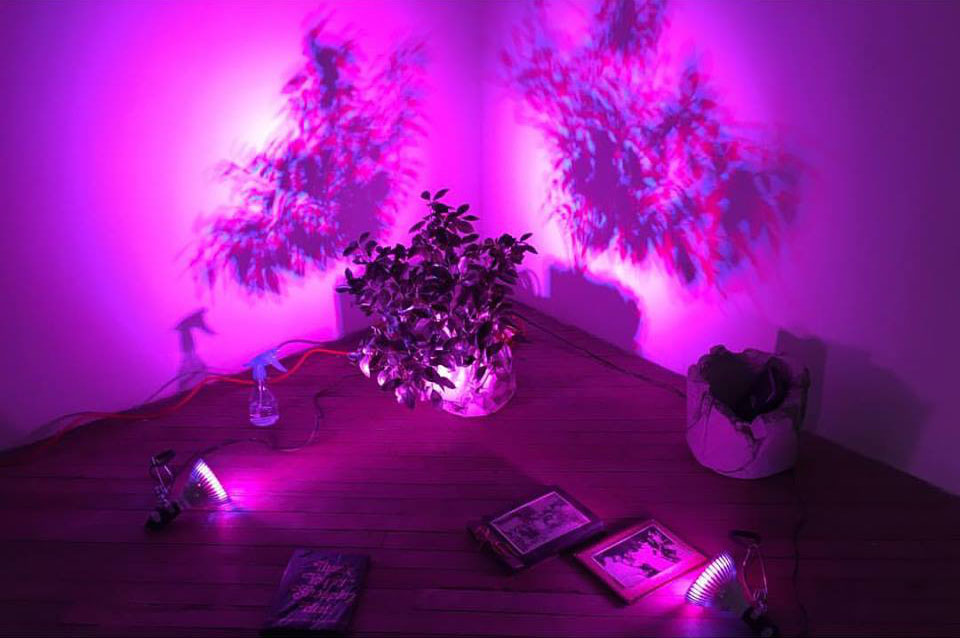
Please join us on Sunday, December 18th at 2pm for a performance by exhibiting artist Meg Foley followed by a gallery talk moderated by Philadelphia Museum of Art Curator Erica Battle. Exhibiting artists Kirk McCarthy, Kelsey Halliday Johnson, Stephanie Acosta, J Soto, and Meg Foley will be on hand to discuss their exhibitions and practices- an afternoon of bodies, things, images, ideas, and of course, snacks.
————————————–
Erica F. Battle is the John Alchin and Hal Marryatt Associate Curator of Contemporary Art at the Philadelphia Museum of Art, where she has worked on exhibitions and collection building since 2006. She is currently spearheading the production of a new video installation by Rachel Rose, a project that will inaugurate a series of co-commissions and joint acquisitions between the Museum and the Fondazione Sandretto Re Rebaudengo in Turin, Italy. Additional project highlights include Bruce Nauman: Contrapposto Studies, I through VII (Fall 2016); the Philadelphia presentation of International Pop, a major exhibition originating from the Walker Art Center, Minneapolis (2015-16); Allora & Calzadilla: Intervals, a collaboration between the PMA and the Fabric Workshop and Museum (2015); Dancing around the Bride: Cage, Cunningham, Johns, Rauschenberg, and Duchamp (2012); and Bruce Nauman: Topological Gardens, the official U.S. entry to the 53rd Venice Biennale, which garnered the Golden Lion for Best National Participation. Battle is an alumna of the Center for Curatorial Studies at Bard College and the University of Pennsylvania.
Meg Foley will present the undergird (action is primary study #4) as part of Everything All The Time. Based in action is primary, the improvisational practice Foley has spent 6 years developing, the undergird began with the intention to build and perform a largely improvised speech – that is a dance and a spoken performance – about death and mortality. It has evolved into a real-time examination where the sensation inside the body meets and reflects upon the experience of grief, maternal lineage, birth, and how things begin. An intimate movement-based performance, the undergird mines the entwined loss and expansion of improvisation to speak to time passing through and on the experiential body and to look at the objectified, static idea of a (acceptable, recognizable) body of our culture. How can a speech be a dance? What does it feel like to speak to what’s immediate and hard to say? What language brings us closer to what is deeply known but difficult to name?



